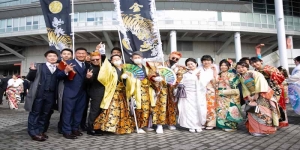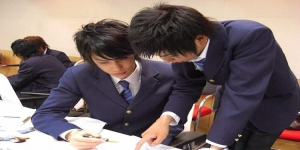Living National Treasures 人間国宝 Ningen Kokuhō
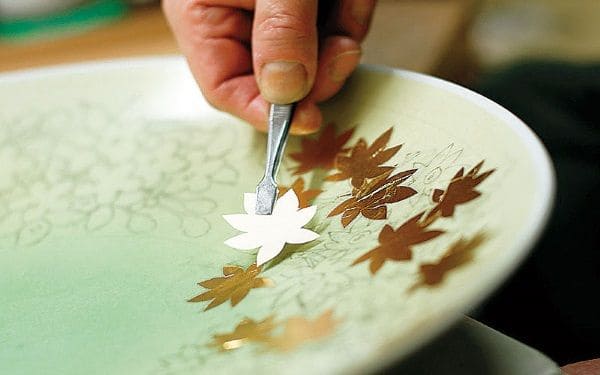
It is the title granted in Japan to some masters both as regards the manual arts (e.g.: ukiyo-e, art on paper, sword and ceramic making), or those of acting traditions (e.g.: bunraku, kabuki and various traditional festivals the matsuri).
The title is issued to masters or particular categories and associative subjects to preserve the techniques and artistic skills that could be lost over time. This would be a great pity not only for Japan but for world culture.
Before 1947, in Japanese national legislation, there was a system for culture linked to the imperial "artists and craftsmen" of families, the 帝室 技 芸 員 Teishitsu Gigei-in. Later, in 1950, the new law was passed for the protection of intangible cultural "properties", for example drama and music, and tangible ones, such as for example the artifacts of craftsmen of great historical value.
Individuals or groups who have achieved creative levels and mastery of the craft are designated as custodians of this knowledge by the Japanese government to ensure its continuation. This is an important step that helps not only in words but as we will see also through financial aid.
There are three types of certification:
各個認定 , Kakko Nintei: This certification is reserved for those who "have achieved high mastery" of an art or craft, a type of individual certification.
総合認定 , Sōgō Nintei: This certification is reserved for groups of 2 or more, as a working group have achieved a high mastery of an art or craft.
保持団体認定 , Hoji Dantai Nintei: Conservation group certification, reserved for large groups who have learned an art or craft in which individual character is not emphasized.
The Japanese government, with the aim of preserving important intangible cultural assets, provides a special annual grant of 2 million yen. In the case of groups, the government helps cover the costs of public exhibitions and activities necessary for the preservation and conservation of these groups.
The National Theater of Japan for example, to help new recruits, offers training programs aimed at successors in arts such as Noh , Bunraku and Kabuki . Many craftsmen also belong to trade associations such as members of the Japanese Kōgei Association.
The living national treasures are divided into 16 categories of intangible cultural properties:
Gagaku , Noh , Bunraku , Kabuki , Kumi Odori , Music , Dance and Drama; Japanese crafts : Ceramics , Textiles , Lacquering , Metal working , Doll makers , wood craftsmen , Paper craftsmen and others.
I find the principle of living treasures very interesting, but above all useful for the preservation of trades, arts and knowledge that would normally disappear because they were not preserved by anyone, least of all by the State.
It is a model that it would be interesting to develop more and as Order of Akiba it will certainly be one of our future projects with more information on the individual categories mentioned above.
Arti e Mestieri, Living National Treasures, Mauro Piacentini

 English (United Kingdom)
English (United Kingdom)  Italiano (it-IT)
Italiano (it-IT) 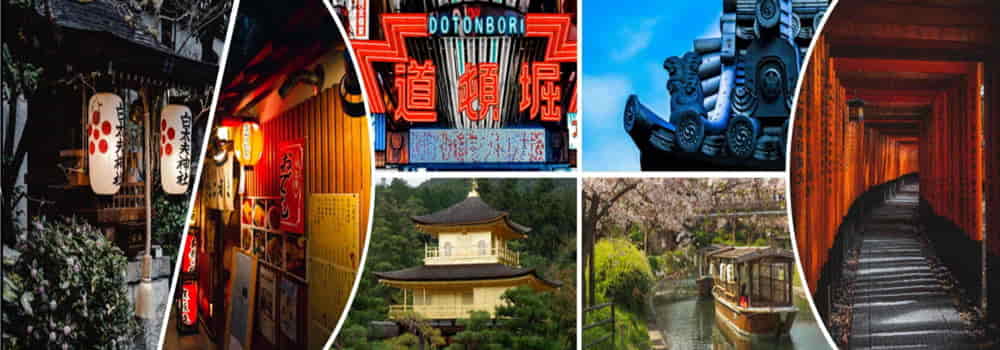
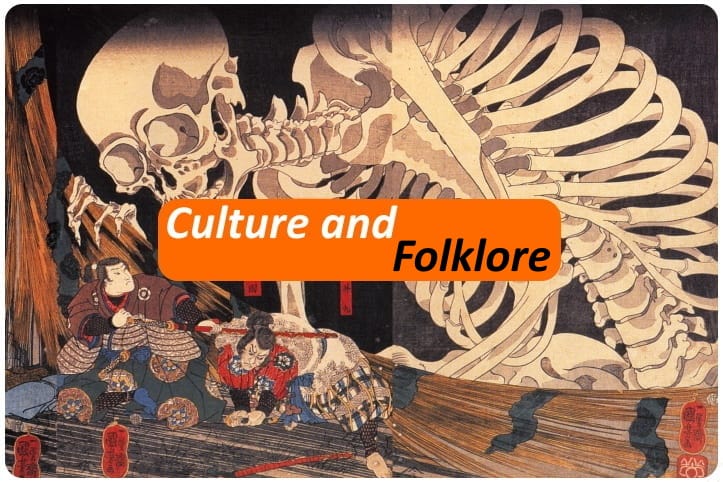
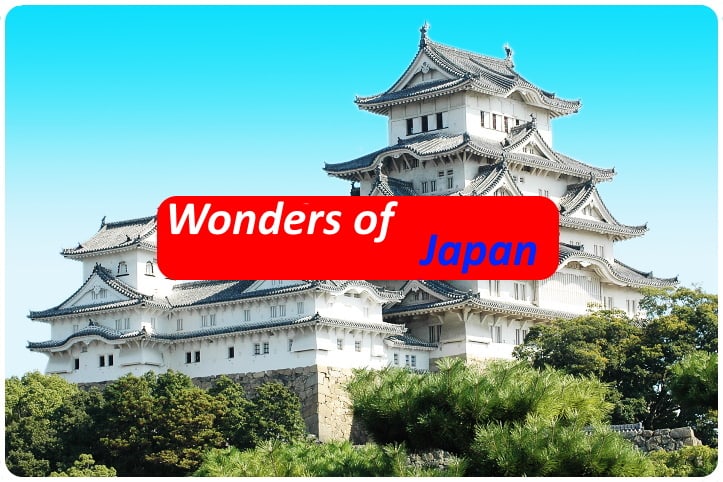
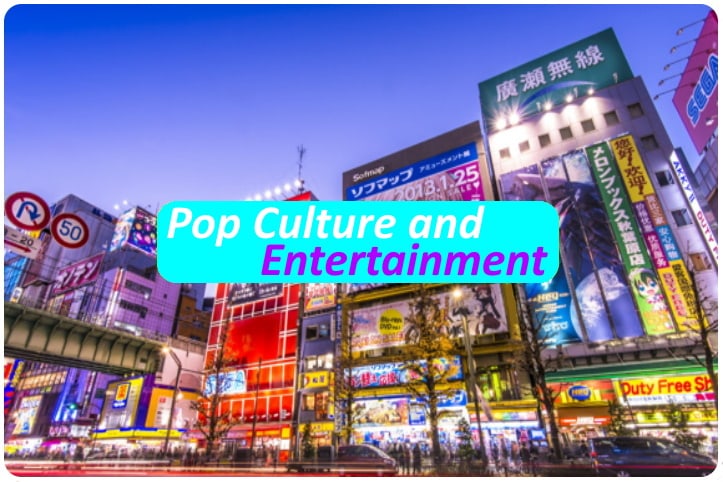
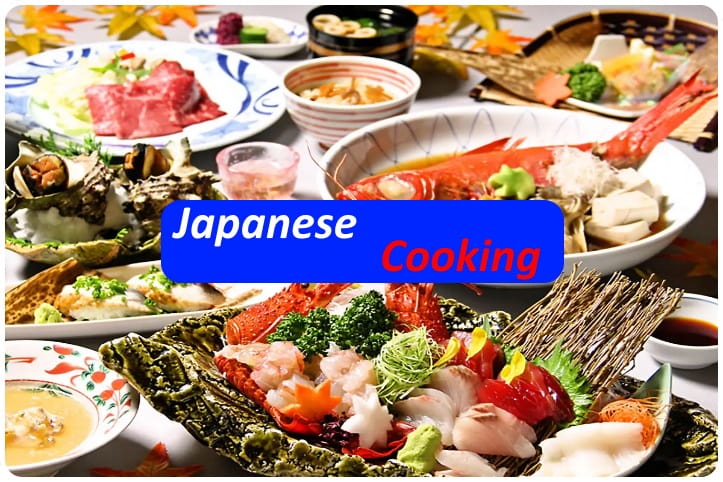

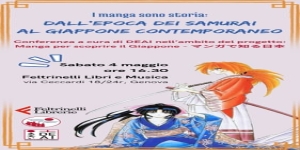
![[Review] Princess Toyotomiプリンセス トヨトミ](https://www.fukainihon.org//cache/mod_jt_contentslider/fdfb524f85518b9476158c79c8ea022f_328.png)

